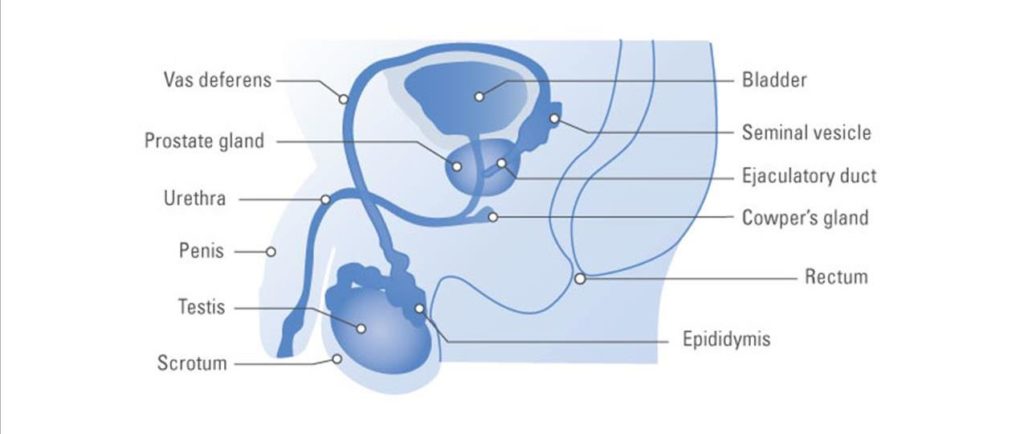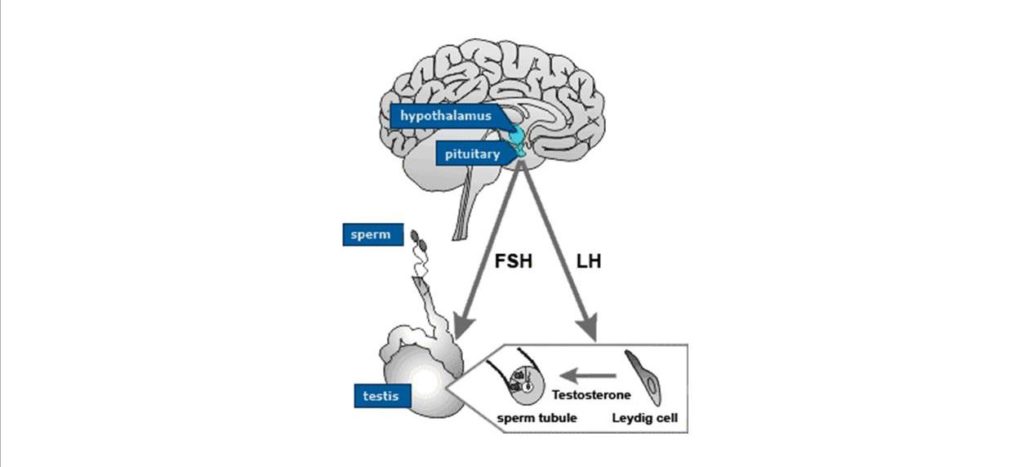Making a baby is a simple and natural experience for most couples. However, for some couples it is very difficult to conceive.
A man’s fertility generally relies on the quantity and quality of his sperm. If the number of sperm a man ejaculates is low or if the sperm are of a poor quality, it will be difficult, and sometimes impossible, for him to cause a pregnancy.
At Reproductive Solutions when a couple schedules a consultation a semen analysis must be done on the male once the females’ studies are normal. This is imperative as symptoms of infertility don’t really show signs that the naked eye can see. Male infertility is diagnosed when, after testing both partners, reproductive problems have been found in the male. Therefore, medical tests are needed to find out if a man is infertile.
Through medical testing at Reproductive Solutions semen analysis reports have shown that male infertility is usually caused by problems that affect either sperm production or sperm transport.
Sperm transport problems are found in about one in every five infertile men. Blockages (often referred to as obstructions) in the tubes leading sperm away from the testes to the penis can cause a complete lack of sperm in the ejaculated semen.
Other less common causes of infertility include: sexual problems that affect whether semen is able to enter the woman’s vagina for fertilization to take place (one in 100 infertile couples); low levels of hormones made in the pituitary gland that act on the testes (one in 100 infertile men); and sperm antibodies (found in one in 16 infertile men). In most men sperm antibodies will not affect the chance of a pregnancy but in some men sperm antibodies reduce fertility.
KNOWN CAUSES OF MALE INFERTILITY
| Sperm production problems | • Chromosomal or genetic causes • Undescended testes (failure of the testes to descend at birth) • Infections • Torsion (twisting of the testis in scrotum) • Varicocele (varicose veins of the testes) • Medicines and chemicals • Radiation damage • Unknown cause —————————— |
| Blockage of sperm transport | • Infections • Prostate-related problems • Absence of vas deferens • Vasectomy —————————— |
| Sexual problems (erection and ejaculation problems) | • Retrograde and premature ejaculation • Failure of ejaculation • Erectile dysfunction • Infrequent intercourse • Spinal cord injury • Prostate surgery • Damage to nerves • Some medicines —————————— |
| Hormonal problems | • Pituitary tumours • Congenital lack of LH/FSH (pituitary problem from birth) • Anabolic (androgenic) steroid abuse —————————— |
| Sperm antibodies | • Vasectomy • Injury or infection in the epididymis • Unknown cause |
THE MALE REPRODUCTIVE SYSTEM
The pituitary gland and the hypothalamus, located at the base of the brain, control the production of male hormones and sperm. Luteinizing hormone (LH) and follicle stimulating hormone (FSH) are the two important messenger hormones made by the pituitary gland that act on the testes.

A side view showing the main parts of the male reproductive system
The pituitary gland and the hypothalamus, located at the base of the brain, control the production of male hormones and sperm. Luteinizing hormone (LH) and follicle stimulating hormone (FSH) are the two important messenger hormones made by the pituitary gland that act on the testes.

Two messenger hormones act on the testes
The testes (testis: singular) are a pair of egg-shaped glands that sit in the scrotum next to the base of the penis on the outside of the body. The testes make sperm and the male sex hormone testosterone. It takes about 70 days for sperm to become mature and able to fertilize an egg.
When released from the testes, the sperm spend two to 10 days passing through the epididymis where they gain the vital ability to swim strongly (become ‘motile’), and to attach to and penetrate (get into) the egg.
At orgasm, waves of muscle contractions transport the sperm, with a small amount of fluid, from the testes through to the vas deferens. The seminal vesicles and prostate contribute extra fluid to protect the sperm. This mixture of sperm and fluid (the semen) travels along the urethra to the tip of the penis where it is ejaculated (released).
Diagrams are sourced from Andrology Australia



